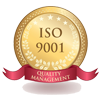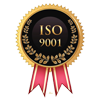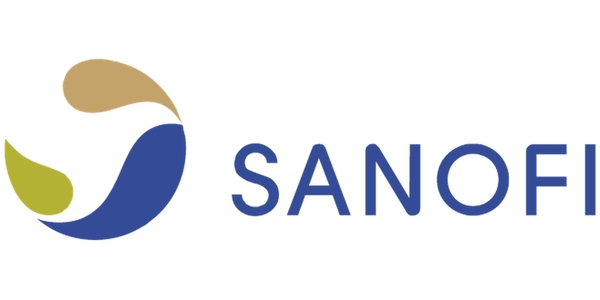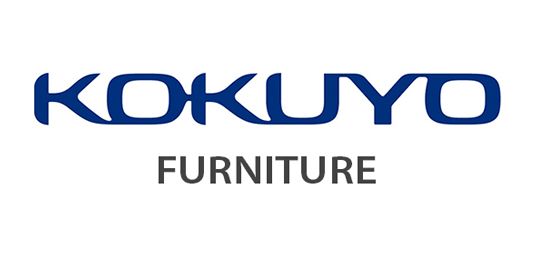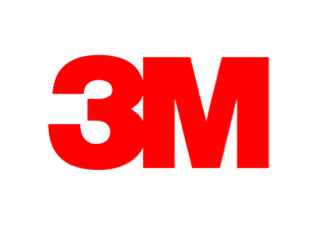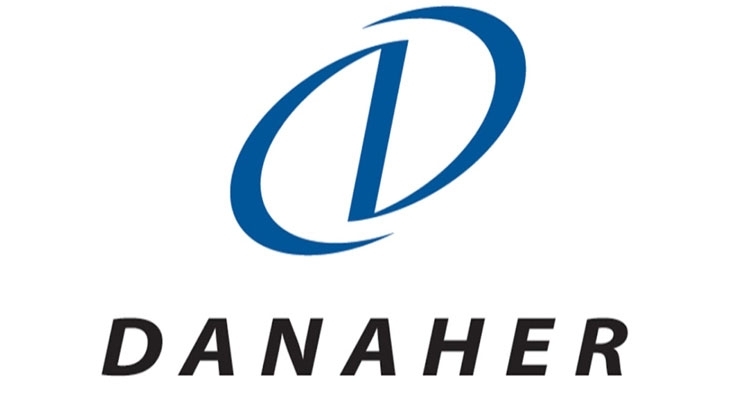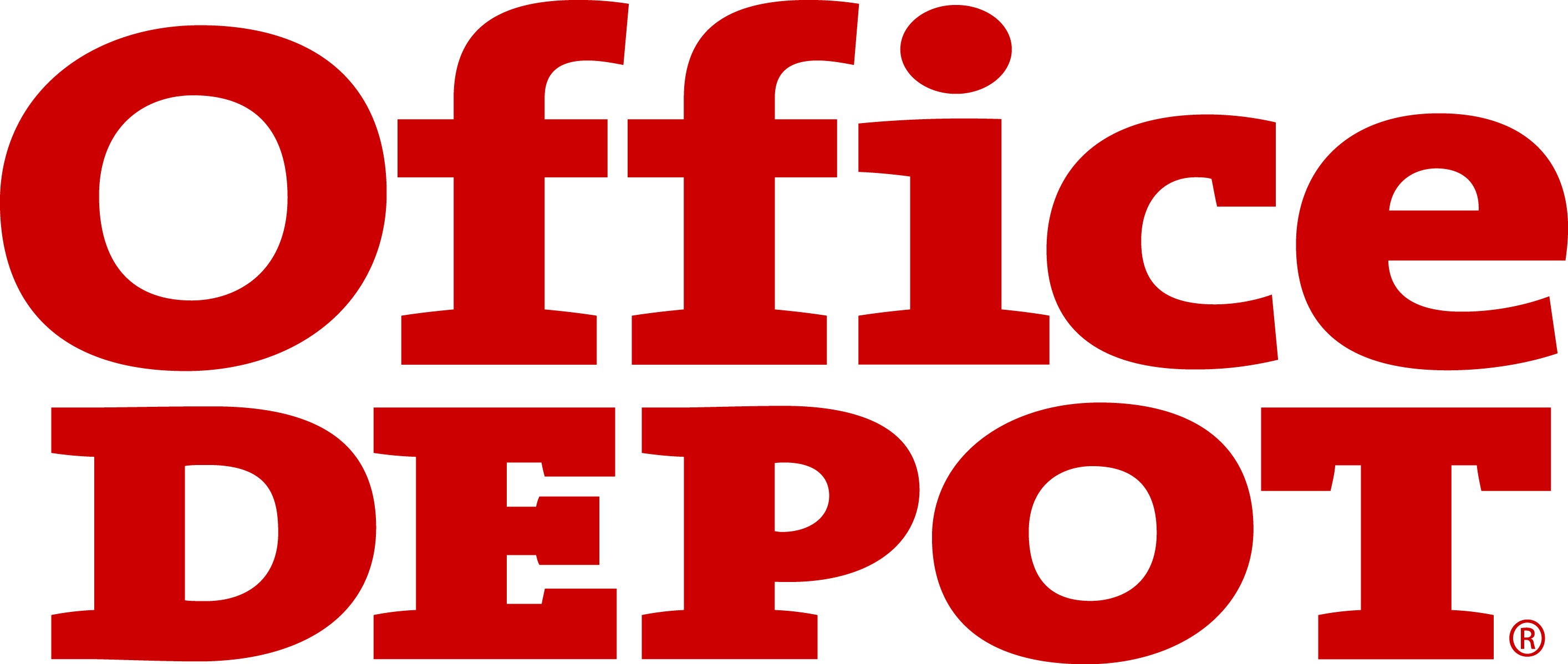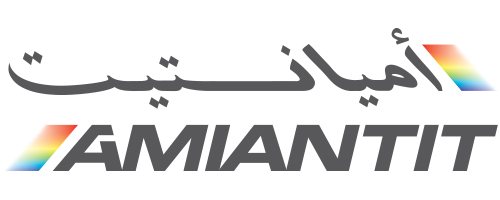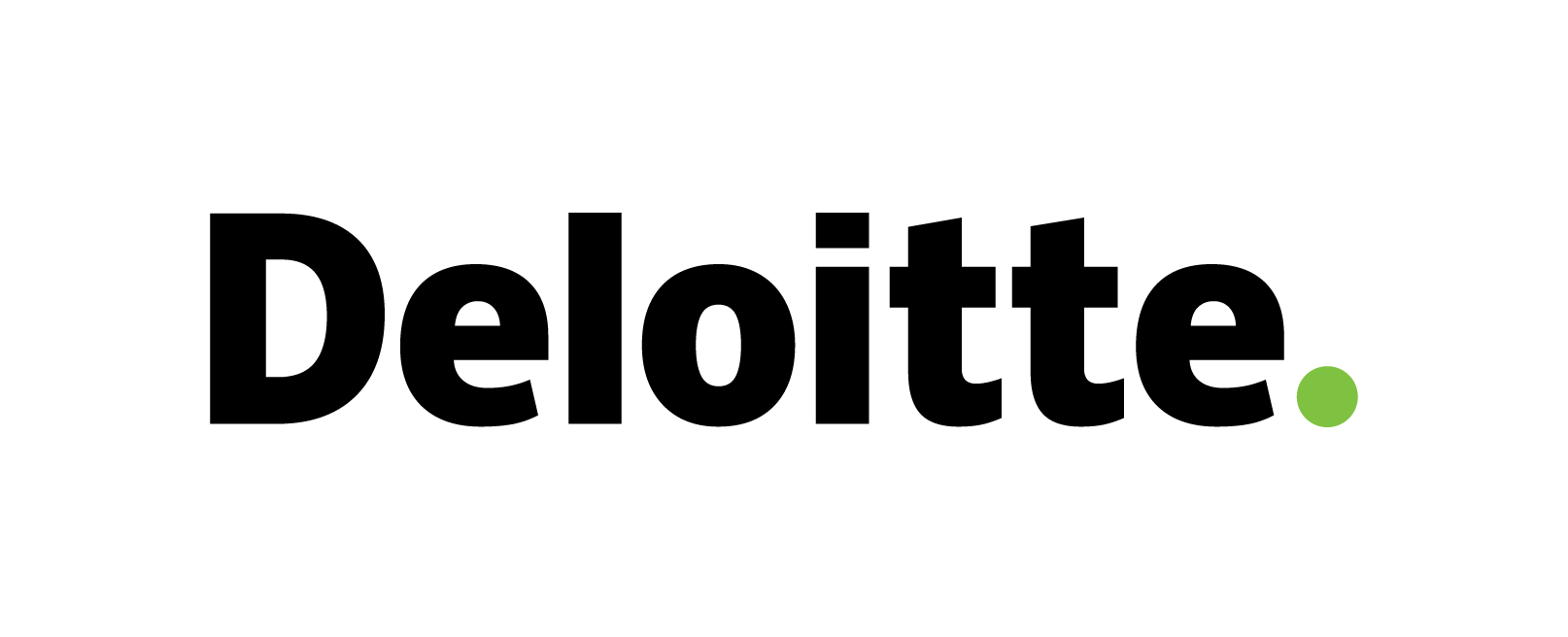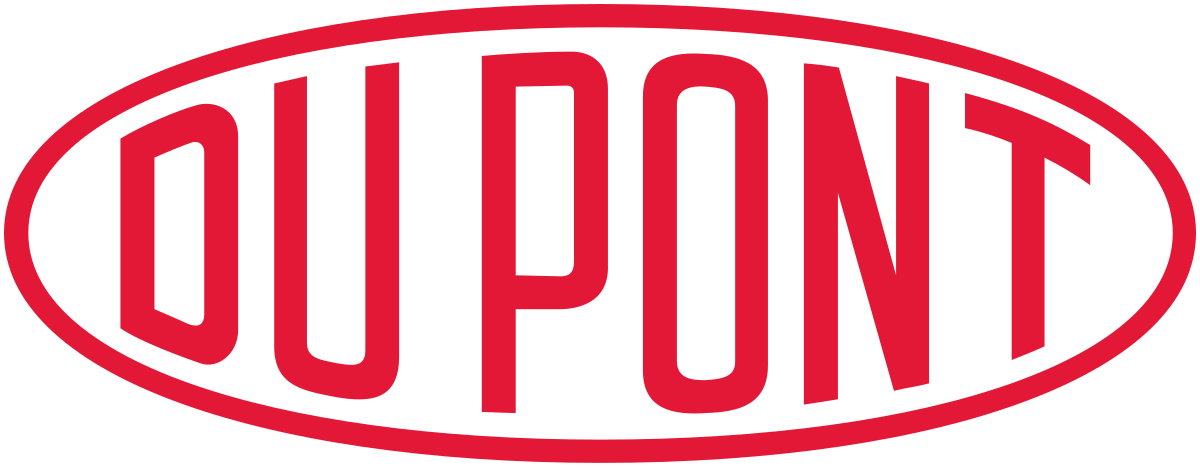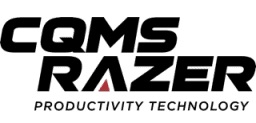3D Printed Drugs Market: Global Size, Share, Trends, Growth and Forecast 2022-2032
3D Printed Drugs Market: Overview and Definition
The 3D printed drugs market refers to the production and sale of pharmaceuticals that are manufactured using 3D printing technology. 3D printing is a process that creates three-dimensional objects by building up layers of material. In the case of 3D printed drugs, this technology is used to manufacture pills with specific shapes and sizes that can release medication at different rates.
The 3D printed drugs market is still in its early stages, but it has the potential to revolutionize the pharmaceutical industry by allowing for the creation of customized medications for individual patients. This could lead to more effective treatments, reduced side effects, and improved patient outcomes.
Currently, the majority of 3D printed drugs are produced for clinical trials and research purposes. However, some companies are working to bring 3D printed drugs to market for commercial use. The regulatory framework for 3D printed drugs is still evolving, and it is unclear how long it will take for these products to become widely available to consumers.
3D Printed Drugs are referred to medications which are designed or manufactured by the 3D printing technique by solidifying layers of materials to form a definite 3D structure and which have unitary porous structures that readily disperse in the mouth. Being very permeable to fluids, these drugs dissolve as soon as they meet a small quantity of liquid. This type of medication helps controlling the delivery of medications to children, physically impaired patients, patients who often have swallowing difficulties, and those dealing with the complications of strokes and other neurological disabilities.
3D printed drugs enable the creation of drugs keeping into account individual’s specific requirements and can also be created in line with certain preferences. Additionally, with 3D printed drugs, benefits of multiple treatments with a single pill can also be enjoyed.
In 3D printed technology, factors like the size, shape, dose, appearance, and rate of delivery of a drug can be controlled or adjusted which makes it a highly innovative, reliable and cost-saving technology to deliver medications with convenience.
3D Printed Drugs Market: Growth Drivers
The 3D printed drugs market has the potential for significant growth due to several key drivers. Here are some of the factors driving the growth of the 3D printed drugs market:
Customization and Personalization: 3D printing technology allows for the production of drugs with specific shapes and sizes, making it possible to customize medications for individual patients. This can lead to more effective treatments, reduced side effects, and improved patient outcomes.
Faster Drug Development: 3D printing technology can speed up the drug development process, allowing researchers to quickly produce and test new drug formulations. This can lead to more rapid drug approvals and faster access to new treatments for patients.
Cost Reduction: 3D printing technology can reduce the cost of drug production by eliminating the need for expensive machinery and production facilities. This could lead to lower drug prices and increased access to medications for patients.
Increased Innovation: 3D printing technology can facilitate the development of new drug formulations that were previously impossible to produce. This could lead to the development of new treatments for a wide range of diseases.
Reduced Waste: 3D printing technology can reduce waste in the drug manufacturing process by allowing for more precise dosing and reducing the need for excess materials.
The growth of this market is attributed towards major relying factors including; the proliferating global demand for instantaneous soluble drugs which can disperse in the mouth easily, the growing prevalence of dysphagia worldwide, the increasing usage and adaptability of 3D printing technology in the medical & healthcare industries, the increasing integration of 3D printing with conventional pharmaceutical technologies coupled with the growing production of combination medicine and the growing number of improvements in the health care infrastructure etc.
Additionally, 3D printing also caters to the arrival of individualized drugs, also known as personalized or customized drugs. These drugs are customizable i.e., designed specifically taking into account individual patient’s medical history and are accordingly much more effective and efficient than batch-produced drugs. Also, since the Precision Medicine's Initiative was released in the US in 2015, pharmaceutical research organizations have been proactively pursuing the development of more customized treatments since then to make medicines safer and more effective. This increase in demand and adoption of medicine customization and personalization will aid in the growth of the 3D Printed Drugs market comprehensively soon.
Moreover, the 3D Printed Drugs industry has been witnessing colossal number of technological advancements in 3D printing technique since its commencement. To able to cater to the massively augmenting demand, new players are seen to enter the market with highly advanced and innovative technologies. The increasing launch of new and technologically advanced products provides ample opportunities for the growth of the overall 3D printed drugs market.
Furthermore, other factors such as the high prevalence of chronic diseases and other health related disorders, the rising geriatric population coupled with increasing incidence of epilepsy cases, the surging awareness regarding the 3D printing technology and its advantages in the developing countries and the rising demand for cheaper drugs further enhance the growth of this market. With that, the flaws in conventional medicines such as disparate qualities of the final products with respect to drug loading, drug release, drug stability and pharmaceutical dosage further contributes in the expansion of this market.
However, factors such as the adverse side effects pertaining to the use of 3D printed drugs, lack of government regulations, usage of 3D printing to develop illegal drugs, high investment for continuous clinical development of 3D printing and complex clinical trial protocols, concerns relating to data security and privacy, mislabeling of blueprints and the lack of approval of 3D printed drugs in many countries impede the growth of this market.
3D Printed Drugs Market: Challenges
3D printed drugs market has the potential for significant growth, there are also several challenges that the industry must overcome. Here are some of the key challenges facing the 3D printed drugs market:
Regulatory Framework: The regulatory framework for 3D printed drugs is still evolving, and it is unclear how long it will take for these products to become widely available to consumers. The industry must navigate complex regulatory requirements and obtain necessary approvals to bring 3D printed drugs to market.
Intellectual Property: 3D printing technology allows for the easy replication of products, which can create challenges for protecting intellectual property. The industry must find ways to protect their technology and prevent unauthorized replication.
Quality Control: 3D printed drugs must meet the same quality standards as traditionally manufactured drugs. However, the technology used in 3D printing can create challenges for ensuring consistent quality control and batch-to-batch consistency.
Production Scalability: 3D printing technology can be slow and expensive, making it challenging to scale up production to meet demand. The industry must find ways to increase production efficiency and reduce costs to make 3D printed drugs more viable for commercial use.
Acceptance: There may be skepticism and reluctance among healthcare providers and patients to adopt 3D printed drugs, particularly if they are seen as unproven or experimental. The industry must demonstrate the safety, efficacy, and cost-effectiveness of 3D printed drugs to gain wider acceptance.
3D Printed Drugs Market: Segmentation
By Technique Type:
- Fused Deposition Modeling
- Inkjet Printing Infant
- Zip Dose
- Direct Write
- Powder Bed Printing
- Selective Laser Sintering
- Stereolithography
- Others
By Dosage Form:
- Tablets
- Capsules
- Multi Drug Implant
- Nanoparticles
- Solutions
- Others
By Scenario:
- Low Growth Scenario
- Moderate Growth Scenario
- Rapid Growth Scenario
By Drugs:
- Spritam
- Others
By Applications:
- Neurology
- Orthopedic
- Hearing and Audibility Aid
- Dental
- Medical Implants
- Others
By End-Users:
- Hospitals
- Clinics
- Research Laboratories
- Others
By Region:
- North America
- Europe
- Asia Pacific
- Latin America
- Middle East & Africa
3D Printed Drugs Market: Regional Synopsis
The North American region along with the Asia Pacific region dominates the 3D printed drugs market. The growth of the market in the North American region can be attributed to factors such as the high prevalence of chronic disorders in the region, the presence of advanced domestic healthcare infrastructure in the region, the increasing investments in R&D activities in the region, the rising adoption of technological advancements in 3D printing and also the increasing geriatric population in the region. Moreover, with Aprecia Pharmaceuticals successfully getting the FDA approval of their first 3D printed drug, Spritam, which is also the only approved drug as of now, this region’s market size is expected to multifold in the near future. The U.S is the major contributor in the region.
The Asia Pacific region on the other hand along with ranking at the top, is also the fastest growing regional market, the growth of which can be accounted to factors such as the surging awareness regarding the 3D printing technique in the region, the ongoing developments in the healthcare infrastructure coupled with the high growth of the pharmaceutical industry in this region, the proliferating patient pool in the region, the propelling investments in the pharmaceutical industry coupled with the increasing investment in research and development in healthcare sector and the growing disposable income of the populace etc. The major contributors in the region include India and China.
The European region also holds a prominent share in the 3D Printed Drugs market and is projected to grow robustly in the years to come. The growth in the region can be attributed to factors such as the increasing presence of well-established healthcare systems in the region, the growing prevalence of dysphagia in the region, the surging adoption of 3D printed drugs in the region, the rising health consciousness among people and the increasing R&D activities and investments in the healthcare sector of this region etc.
Few Key Players In 3D Printed Drugs Market
- 3D Printer Drug Machine
- Hewlett Packard Caribe
- BV LLC
- GlaxoSmithKline Plc.
- FabRx Ltd.
- Cycle Pharmaceuticals
- Merck KGaA
- Tvasta
- Triastek
- Aprecia Pharmaceuticals
- Other Players
Recent Developments
- In February 2021, The Food and Drug Administration (FDA) approved the Patient Specific Talus Spacer (Additive Orthopaedics) for humanitarian use in the treatment of avascular necrosis (AVN) of the ankle joint. The Patient Specific Talus Spacer is said to be a first-of-its-kind 3D-printed implant for talus replacement individually designed for each patient using computed tomography (CT) imaging. The approval is said to be supported by data from 31 patients and 32 talus replacement surgeries; 1 patient had operations on both ankles.
- In February 2021, Chinese pharmaceutical and 3D printing technology firm Triastek received Investigational New Drug (IND) approval from the US Food and Drug Administration (FDA) for its first 3D printed drug product, T19.
Research Methodology
Market Definition and List of Abbreviations
1. Executive Summary
2. Growth Drivers & Barriers in Global 3D Printed Drugs Market
3. Global 3D Printed Drugs Market Trends
4. Opportunities in Global 3D Printed Drugs Market
5. Recent Industry Activities, 2019
6. Porter's Five Forces Analysis
7. Global 3D Printed Drugs Market Value (USD Million) Forecast & Y-o-Y Growth Analysis, 2019-2025
8. Global 3D Printed Drugs Market Segmentation Analysis, By Application
8.1. Introduction
8.2. Market Attractiveness, By Application
8.3. BPS Analysis, By Application
8.4. Neurology Market Value (USD Million) Forecast & Y-o-Y Growth Analysis, 2019-2025
8.5. Orthopedic Market Value (USD Million) Forecast & Y-o-Y Growth Analysis, 2019-2025
8.6. Hearing & Audibility Aid Market Value (USD Million) Forecast & Y-o-Y Growth Analysis, 2019-2025
8.7. Dental Market Value (USD Million) Forecast & Y-o-Y Growth Analysis, 2019-2025
8.8. Medical Implants Market Value (USD Million) Forecast & Y-o-Y Growth Analysis, 2019-2025
8.9. Others Market Value (USD Million) Forecast & Y-o-Y Growth Analysis, 2019-2025
9. Geographical Analysis
9.1. Introduction
9.2. North America Market Value (USD Million) Forecast & Y-o-Y Growth Analysis, 2019-2025
9.2.1. By Application
9.2.1.1. Introduction
9.2.1.2. Market Attractiveness, By Application
9.2.1.3. BPS Analysis, By Application
9.2.1.4. Neurology Market Value (USD Million) Forecast & Y-o-Y Growth Analysis, 2019-2025
9.2.1.5. Orthopedic Market Value (USD Million) Forecast & Y-o-Y Growth Analysis, 2019-2025
9.2.1.6. Hearing & Audibility Aid Market Value (USD Million) Forecast & Y-o-Y Growth Analysis, 2019-2025
9.2.1.7. Dental Market Value (USD Million) Forecast & Y-o-Y Growth Analysis, 2019-2025
9.2.1.8. Medical Implants Market Value (USD Million) Forecast & Y-o-Y Growth Analysis, 2019-2025
9.2.1.9. Others Market Value (USD Million) Forecast & Y-o-Y Growth Analysis, 2019-2025
9.2.2. By Country
9.2.2.1. Introduction
9.2.2.2. Market Attractiveness, By Country
9.2.2.3. BPS Analysis, By Country
9.2.2.4. U.S. Market Value (USD Million) Forecast & Y-o-Y Growth Analysis, 2019-2025
9.2.2.5. Canada Market Value (USD Million) Forecast & Y-o-Y Growth Analysis, 2019-2025
9.3. Europe Market Value (USD Million) Forecast & Y-o-Y Growth Analysis, 2019-2025
9.3.1. By Application
9.3.1.1. Introduction
9.3.1.2. Market Attractiveness, By Application
9.3.1.3. BPS Analysis, By Application
9.3.1.4. Neurology Market Value (USD Million) Forecast & Y-o-Y Growth Analysis, 2019-2025
9.3.1.5. Orthopedic Market Value (USD Million) Forecast & Y-o-Y Growth Analysis, 2019-2025
9.3.1.6. Hearing & Audibility Aid Market Value (USD Million) Forecast & Y-o-Y Growth Analysis, 2019-2025
9.3.1.7. Dental Market Value (USD Million) Forecast & Y-o-Y Growth Analysis, 2019-2025
9.3.1.8. Medical Implants Market Value (USD Million) Forecast & Y-o-Y Growth Analysis, 2019-2025
9.3.1.9. Others Market Value (USD Million) Forecast & Y-o-Y Growth Analysis, 2019-2025
9.3.2. By Country
9.3.2.1. Introduction
9.3.2.2. Market Attractiveness, By Country
9.3.2.3. BPS Analysis, By Country
9.3.2.4. Germany Market Value (USD Million) Forecast & Y-o-Y Growth Analysis, 2019-2025
9.3.2.5. United Kingdom Market Value (USD Million) Forecast & Y-o-Y Growth Analysis, 2019-2025
9.3.2.6. France Market Value (USD Million) Forecast & Y-o-Y Growth Analysis, 2019-2025
9.3.2.7. Italy Market Value (USD Million) Forecast & Y-o-Y Growth Analysis, 2019-2025
9.3.2.8. Spain Market Value (USD Million) Forecast & Y-o-Y Growth Analysis, 2019-2025
9.3.2.9. Russia Market Value (USD Million) Forecast & Y-o-Y Growth Analysis, 2019-2025
9.3.2.10. Rest of Europe Market Value (USD Million) Forecast & Y-o-Y Growth Analysis, 2019-2025
9.4. Asia Pacific Market Value (USD Million) Forecast & Y-o-Y Growth Analysis, 2019-2025
9.4.1. By Application
9.4.1.1. Introduction
9.4.1.2. Market Attractiveness, By Application
9.4.1.3. BPS Analysis, By Application
9.4.1.4. Neurology Market Value (USD Million) Forecast & Y-o-Y Growth Analysis, 2019-2025
9.4.1.5. Orthopedic Market Value (USD Million) Forecast & Y-o-Y Growth Analysis, 2019-2025
9.4.1.6. Hearing & Audibility Aid Market Value (USD Million) Forecast & Y-o-Y Growth Analysis, 2019-2025
9.4.1.7. Dental Market Value (USD Million) Forecast & Y-o-Y Growth Analysis, 2019-2025
9.4.1.8. Medical Implants Market Value (USD Million) Forecast & Y-o-Y Growth Analysis, 2019-2025
9.4.1.9. Others Market Value (USD Million) Forecast & Y-o-Y Growth Analysis, 2019-2025
9.4.2. By Country
9.4.2.1. Introduction
9.4.2.2. Market Attractiveness, By Country
9.4.2.3. BPS Analysis, By Country
9.4.2.4. China Market Value (USD Million) Forecast & Y-o-Y Growth Analysis, 2019-2025
9.4.2.5. India Market Value (USD Million) Forecast & Y-o-Y Growth Analysis, 2019-2025
9.4.2.6. Japan Market Value (USD Million) Forecast & Y-o-Y Growth Analysis, 2019-2025
9.4.2.7. South Korea Market Value (USD Million) Forecast & Y-o-Y Growth Analysis, 2019-2025
9.4.2.8. Indonesia Market Value (USD Million) Forecast & Y-o-Y Growth Analysis, 2019-2025
9.4.2.9. Taiwan Market Value (USD Million) Forecast & Y-o-Y Growth Analysis, 2019-2025
9.4.2.10. Australia Market Value (USD Million) Forecast & Y-o-Y Growth Analysis, 2019-2025
9.4.2.11. New Zealand Market Value (USD Million) Forecast & Y-o-Y Growth Analysis, 2019-2025
9.4.2.12. Rest of Asia Pacific Market Value (USD Million) Forecast & Y-o-Y Growth Analysis, 2019-2025
9.5. Latin America Market Value (USD Million) Forecast & Y-o-Y Growth Analysis, 2019-2025
9.5.1. By Application
9.5.1.1. Introduction
9.5.1.2. Market Attractiveness, By Application
9.5.1.3. BPS Analysis, By Application
9.5.1.4. Neurology Market Value (USD Million) Forecast & Y-o-Y Growth Analysis, 2019-2025
9.5.1.5. Orthopedic Market Value (USD Million) Forecast & Y-o-Y Growth Analysis, 2019-2025
9.5.1.6. Hearing & Audibility Aid Market Value (USD Million) Forecast & Y-o-Y Growth Analysis, 2019-2025
9.5.1.7. Dental Market Value (USD Million) Forecast & Y-o-Y Growth Analysis, 2019-2025
9.5.1.8. Medical Implants Market Value (USD Million) Forecast & Y-o-Y Growth Analysis, 2019-2025
9.5.1.9. Others Market Value (USD Million) Forecast & Y-o-Y Growth Analysis, 2019-2025
9.5.2. By Country
9.5.2.1. Introduction
9.5.2.2. Market Attractiveness, By Country
9.5.2.3. BPS Analysis, By Country
9.5.2.4. Brazil Market Value (USD Million) Forecast & Y-o-Y Growth Analysis, 2019-2025
9.5.2.5. Mexico Market Value (USD Million) Forecast & Y-o-Y Growth Analysis, 2019-2025
9.5.2.6. Rest of Latin America Market Value (USD Million) Forecast & Y-o-Y Growth Analysis, 2019-2025
9.6. Middle East & Africa Market Value (USD Million) Forecast & Y-o-Y Growth Analysis, 2019-2025
9.6.1. By Application
9.6.1.1. Introduction
9.6.1.2. Market Attractiveness, By Application
9.6.1.3. BPS Analysis, By Application
9.6.1.4. Neurology Market Value (USD Million) Forecast & Y-o-Y Growth Analysis, 2019-2025
9.6.1.5. Orthopedic Market Value (USD Million) Forecast & Y-o-Y Growth Analysis, 2019-2025
9.6.1.6. Hearing & Audibility Aid Market Value (USD Million) Forecast & Y-o-Y Growth Analysis, 2019-2025
9.6.1.7. Dental Market Value (USD Million) Forecast & Y-o-Y Growth Analysis, 2019-2025
9.6.1.8. Medical Implants Market Value (USD Million) Forecast & Y-o-Y Growth Analysis, 2019-2025
9.6.1.9. Others Market Value (USD Million) Forecast & Y-o-Y Growth Analysis, 2019-2025
9.6.2. By Geography
9.6.2.1. Introduction
9.6.2.2. Market Attractiveness, By Geography
9.6.2.3. BPS Analysis, By Geography
9.6.2.4. GCC Market Value (USD Million) Forecast & Y-o-Y Growth Analysis, 2019-2025
9.6.2.5. North Africa Market Value (USD Million) Forecast & Y-o-Y Growth Analysis, 2019-2025
9.6.2.6. South Africa Market Value (USD Million) Forecast & Y-o-Y Growth Analysis, 2019-2025
9.6.2.7. Rest of Middle East & Africa Market Value (USD Million) Forecast & Y-o-Y Growth Analysis, 2019-2025
10. Company Profiles
10.1. Aprecia Pharmaceuticals LLC
10.2. FabRx Ltd.
Major companies that may enter into the 3D printed drugs market are as follows:
10.3. GlaxoSmithKline (GSK)
10.4. Extend Biosciences
10.5. Acrux
10.6. BioDuro, LLC
10.7. Thiomatrix
10.8. Osmotica Pharmaceuticals
10.9. Formac Pharmaceuticals N.V.
10.10. BioPharmX

Need Customized Report for Your Business ?
Utilize the Power of Customized Research Aligned with Your Business Goals
Request for Customized Report- Quick Contact -
- ISO Certified Logo -
